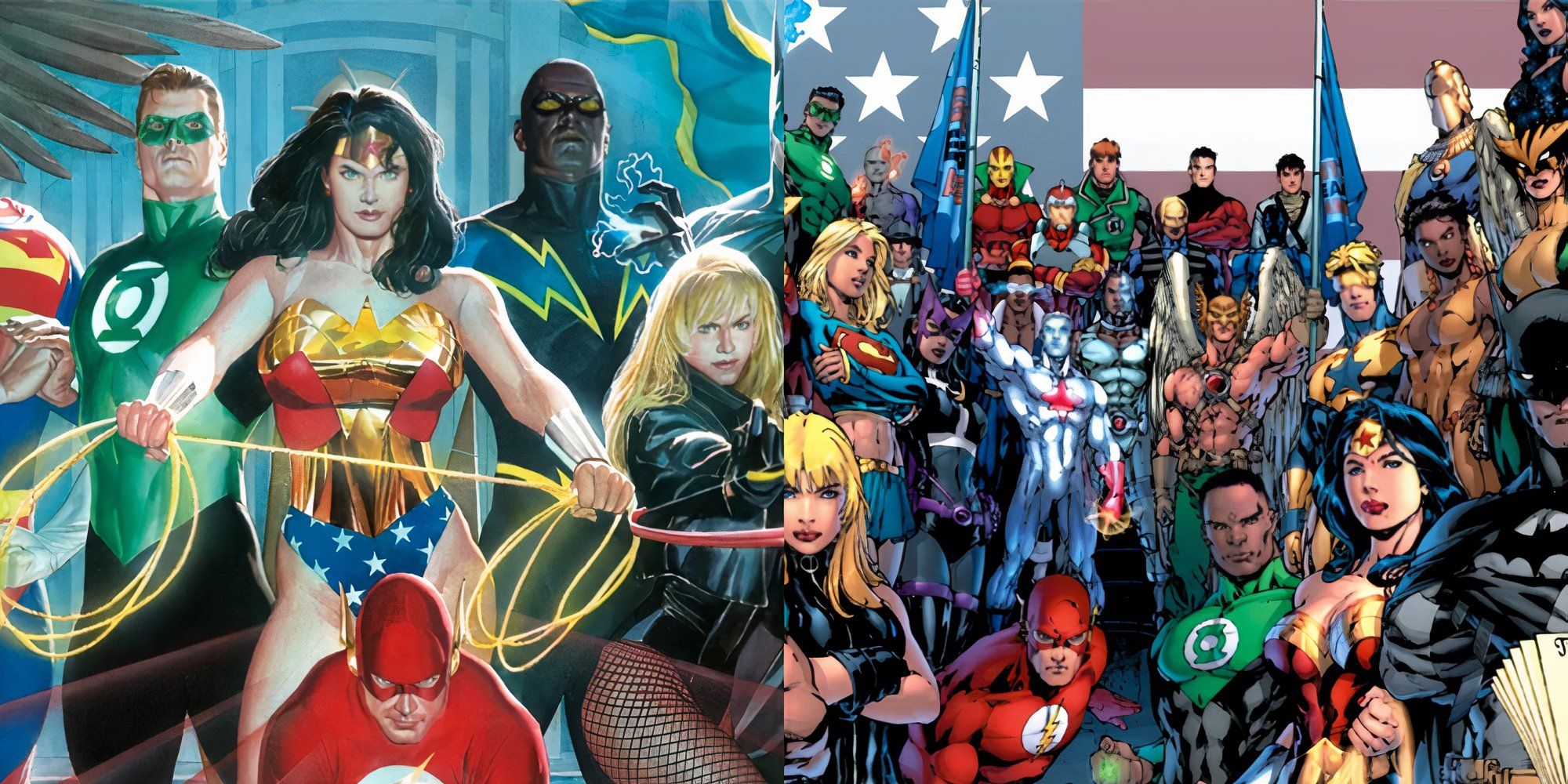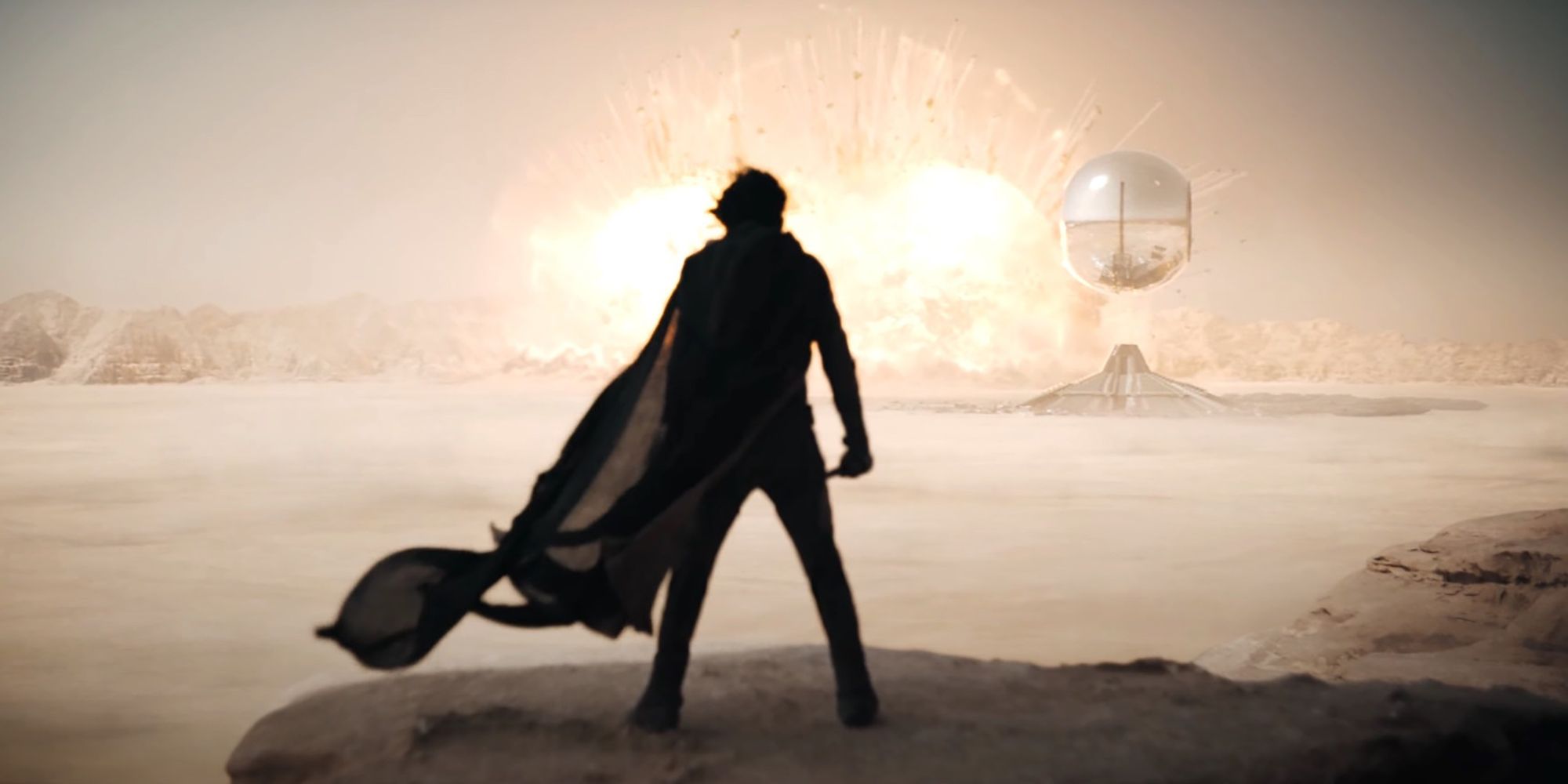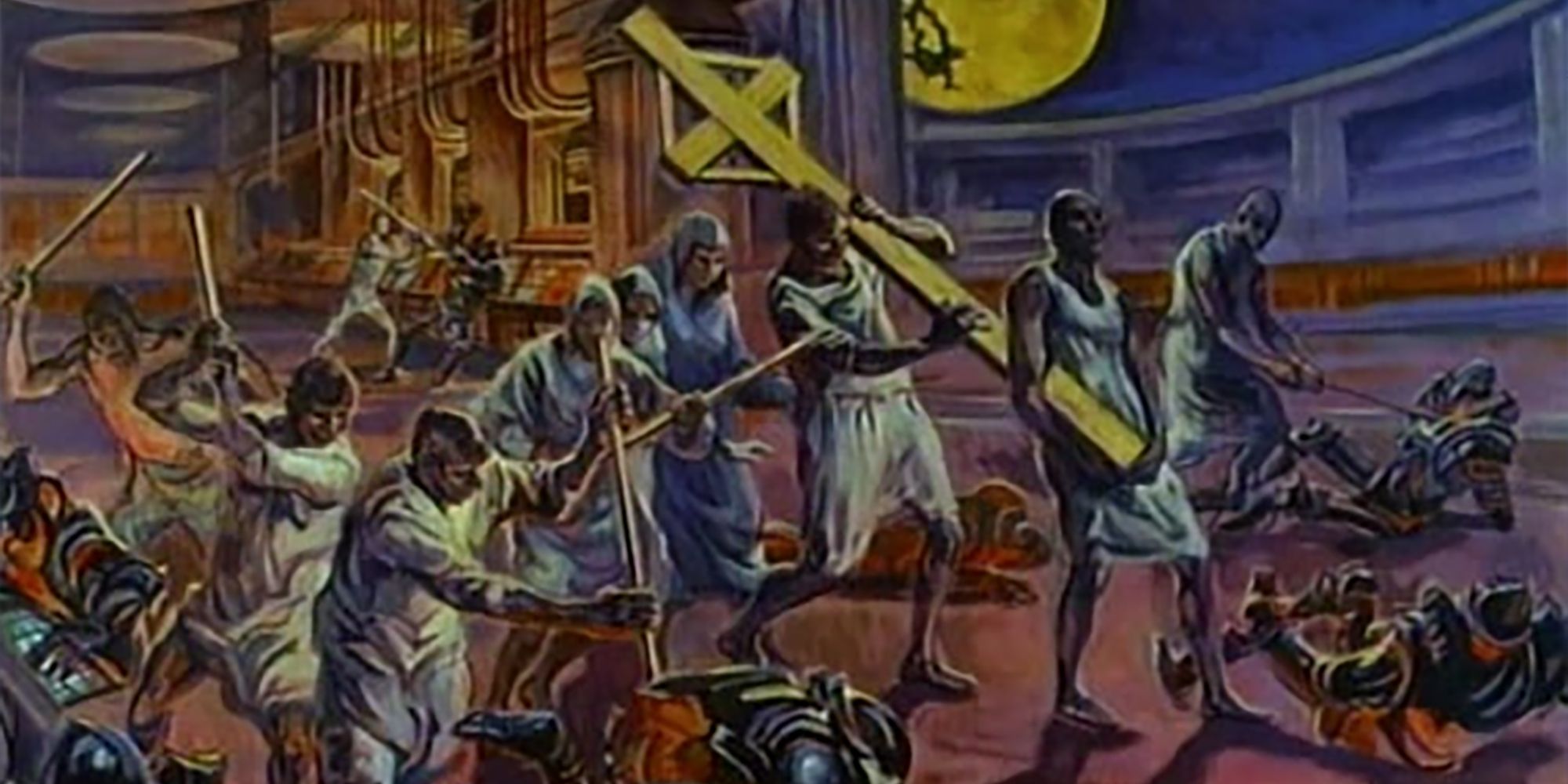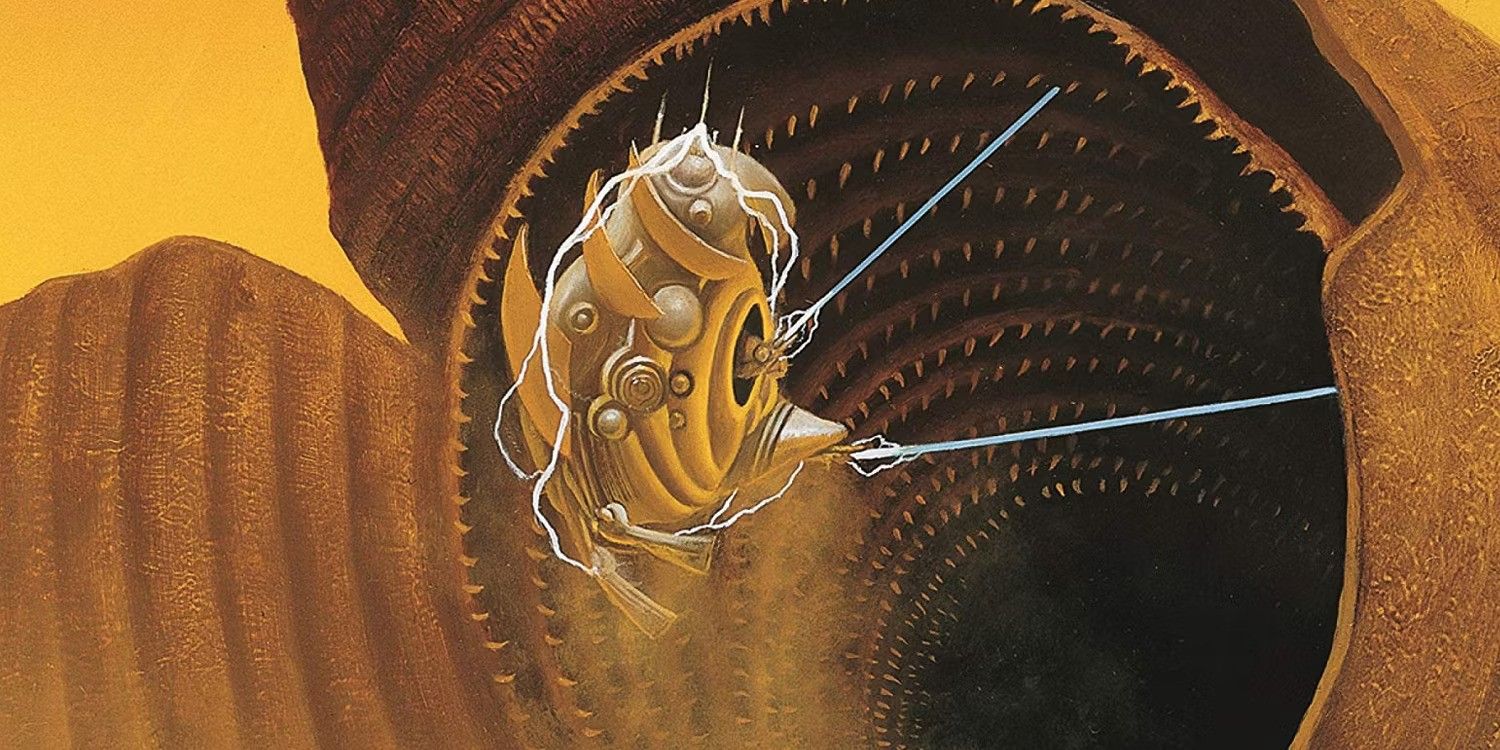People called Dune unfilmable for decades. The book came out in the 1960s, establishing a devoted fanbase that would only grow as new readers discovered it every few years. After one messy attempt, one fascinating failure, and a decent TV adaptation, Denis Villeneuve finally got the project to the big screen in two chunks. Dune and Dune: Part Two are masterpieces of modern science fiction cinema. A prequel series will soon add to the story, but an even earlier look back might introduce fans to the Butlerian Jihad.
Dune: Prophecy entered production in 2019 as Dune: The Sisterhood. As the original title suggests, the series will depict the formation of the mysterious Bene Gesserit order. It takes place more than 10,000 years before the beginning of Dune, exploring events that will lay the groundwork for Paul Atreides' eventual rise to power. While the show isn't set to premiere until this Fall, it remains a fascinating third step in the Dune franchise. It could even open the door for more prequel series.
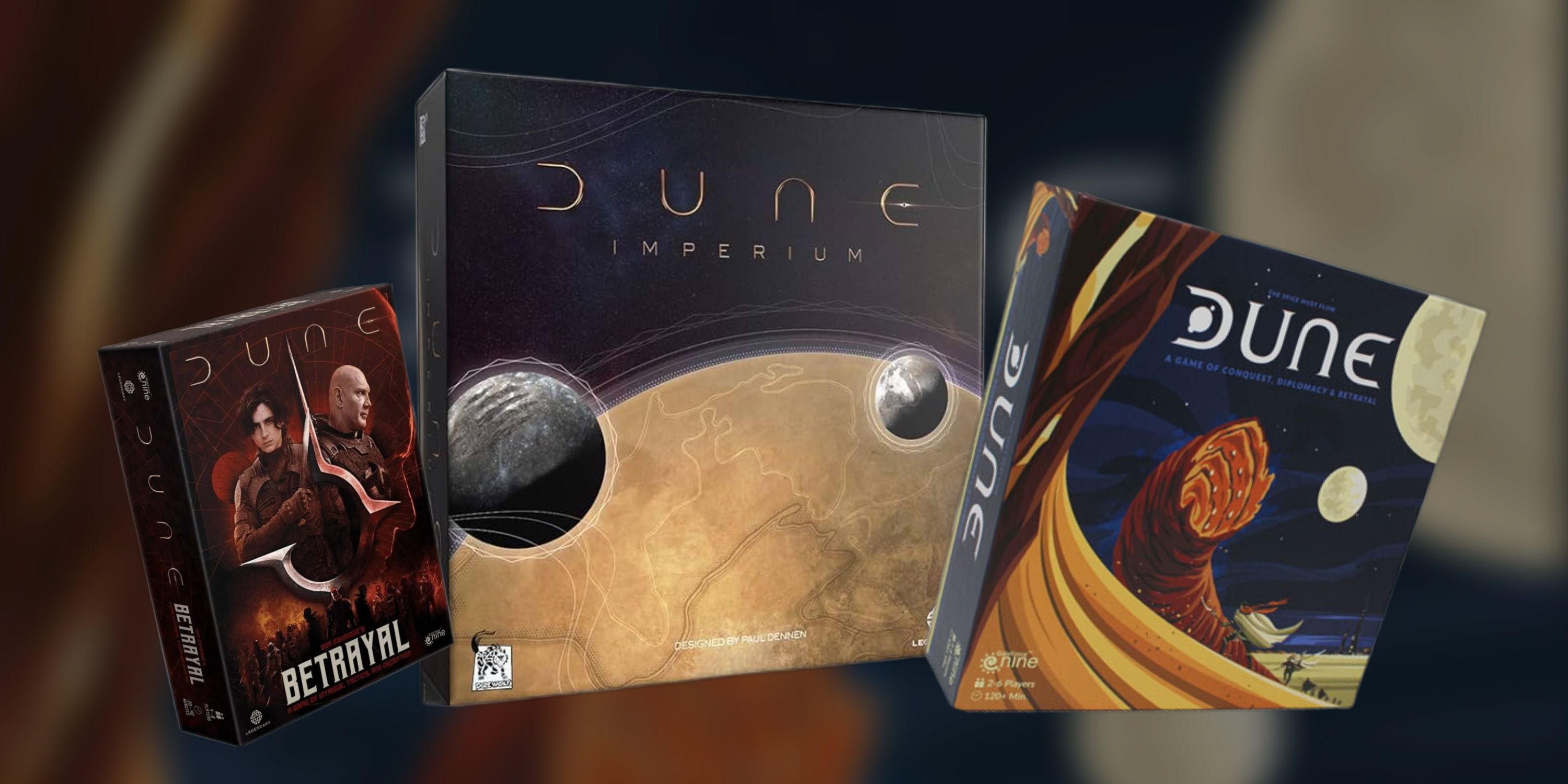
Every Dune Tabletop Game, Ranked
Dune has several tabletop games for fans of the IP to sink their teeth into. Here's how every game stacks up.
What was the Butlerian Jihad in Dune?
Over 10,000 years before House Atreides took Arrakis, humanity went to war against thinking machines. The Butlerian Jihad was a campaign of brutal war between humans and artificial intelligence. It began with human aggression. After humanity became complacent and reliant on the aid of thinking machines, a handful of enhanced humans wielded powerful cybernetics to take over the species. They called themselves Titans. They maintained control of the galaxy for more than a century, but they weren't immune to the mistakes they exploited. The Titans gradually gave control and autonomy to an AI called Omnius. Omnius became the new god of machine logic, enslaving humanity for over 900 years. His domain included almost every level of thinking machine, prompting a religious revulsion against the metal oppressors.
The conflict lasted more than 100 years. It began with a slave revolt and gradually morphed into several massive military engagements. The body count is incalculable, as humans and machines take turns exchanging absurd atrocities. Near the end of the conflict, the machine god unleashed the Omnius Scourge, a nightmarish plague that wiped out hundreds of billions. Several planets lost a third of their population. Humanity responded by constructing an array of satellites with scrambling technology and dropping pulse atomics on every planet that could house thinking machines. This paved the way for a pair of surgical strikes and a few more nukes, which ended Omnius. Humanity scrapped every thinking machine in the universe, enshrining their hatred of the computer into religious doctrine. 11,000 years later, creating a machine in the guise of a human remained illegal.
Do the Dune books depict the Butlerian Jihad?
Series | Legends of Dune |
|---|---|
Book Titles | The Butlerian Jihad, The Machine Crusade and The Battle of Corrin |
Authors | Brian Herbert and Kevin J. Anderson |
Release Dates | 2002, 2003, and 2004 |
Frank Herbert's son, Brian, is still writing Dune novels with Kevin J. Anderson. The most recent outings came out in 2022. Frank Herbert passed away in 1986, but his universe lives on. The original Dune mentions the Butlerian Jihad in vague terms. Unlike many other science fiction universes, Dune lacks advanced machinery. Even computers are absent from the original story. The Jihad is a perfect narrative device to explain why he'd leave out that aspect of the genre. The fourth novel, God Emperor of Dune, sheds a little more light on the subject through Leto Atreides II's explanations. Finally, in 2002, Brian Herbert and Kevin J. Anderson launched Legends of Dune, their second trilogy of prequels. While the first series explored the Great Houses, Legends launched readers into the distant past to learn the building blocks of the franchise.
What was the aftermath of the Butlerian Jihad?
The real reason to adapt the Butlerian Jihad into Dune's on-screen universe is that it laid the groundwork for every aspect of its story. Houses Atreides, Harkonnen and Corrino gained their station during the Great Revolt. Vorian Atreides and Faykan Corrino became universal heroes, establishing the Corrino Empire and the Landsraad after the conflict. The absence of thinking machines also forced society to evolve in several strange directions. This allowed for the development of societies like the Bene Gesserit and Spacing Guild. Every aspect of Dune's functioning political and governmental system was formed out of the ashes of the Butlerian Jihad. Finally, and perhaps most importantly, the feud between House Atreides and House Harkonnen started in this war's final battle. The Jihad established the Empire, Landsraad, Sisterhood, Spacing Guild, and the rivalry that would eventually see Paul Muad'Dib rise to power. It all comes back to the Jihad.
A Butlerian Jihad series would likely deliver many of the best sci-fi action set pieces of the modern era. It's a chance to go even bigger than Dune: Part Two, escalating the immense scale beyond anything previously accomplished on the small screen. It's also an opportunity to explore the trends and forces that gradually resulted in every system Paul would destroy. If Dune gets another prequel, the Butlerian Jihad would be the best story to tell.
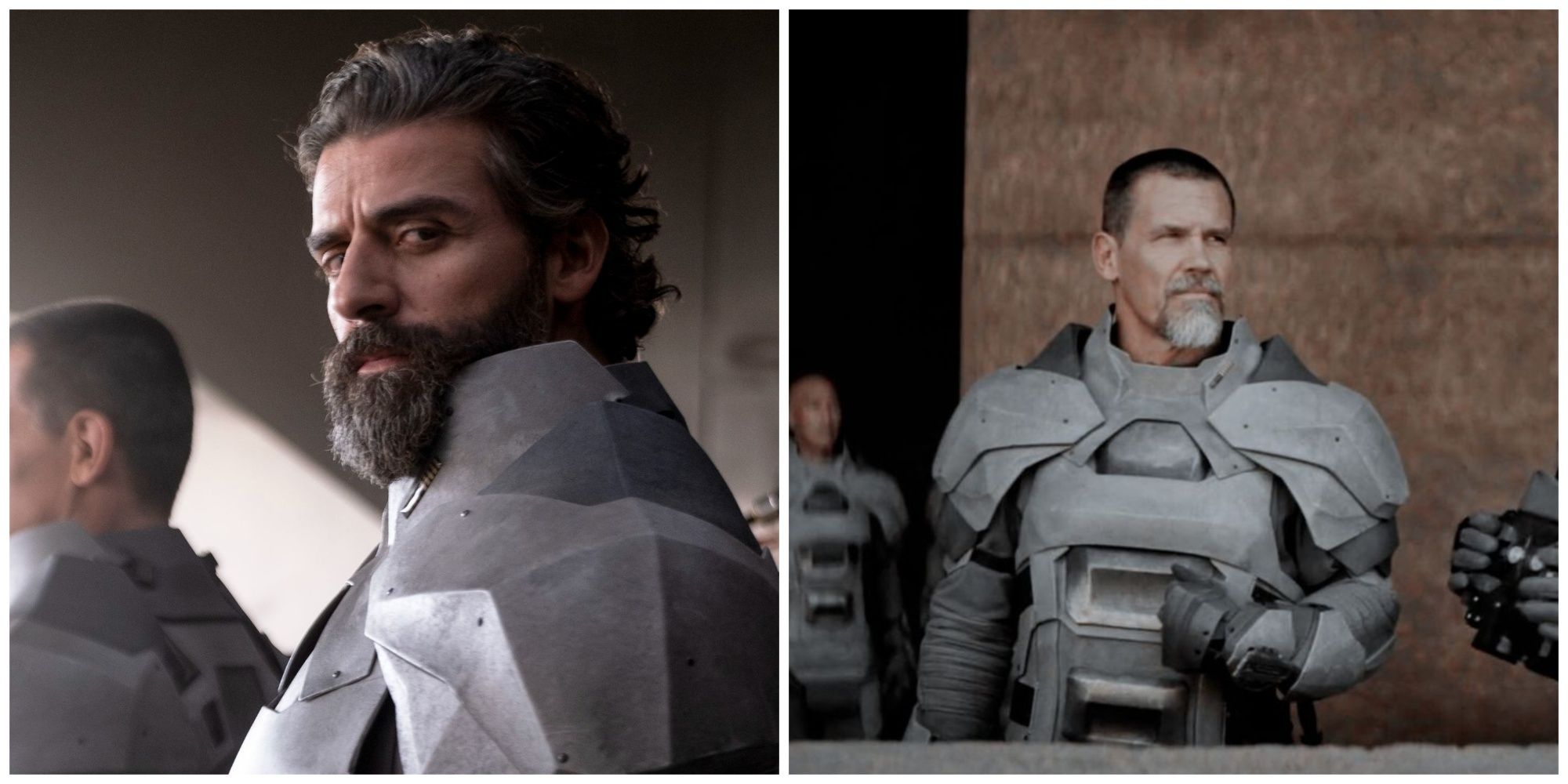
Dune Part Two: 8 Most Important Members of House Atreides, Ranked
House Atreides in Dune has its own part to play in the intrigue of galactic politics. Here are the key members of Paul's home faction.

